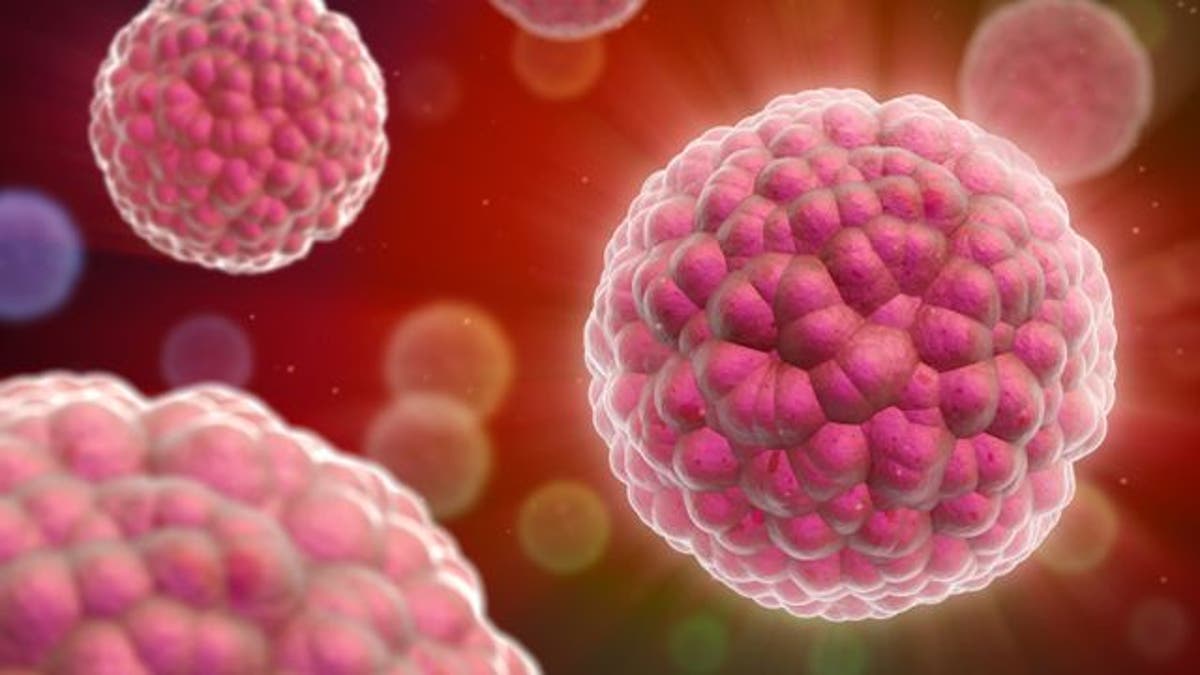
In a study of more than 31,000 women who have inherited mutations in BRCA1 or BRCA2 genes, researchers determined that the level of risk for breast and ovarian cancer is dependent on the type of mutation, a finding they believe may lead to better prevention strategies. According to the National Cancer Institute, breast cancer is the most commonly diagnosed cancer after nonmelanoma skin cancer among women in the United States, and it is the second leading cause of cancer deaths after lung cancer.
The study, published in the April 7 issue of the Journal of the American Medical Association (JAMA), was conducted by researchers at the Basser Center for BRCA, the Abramson Cancer Center and the Perelman School of Medicine at the University of Pennsylvania.
Researchers analyzed the women’s medical records, and identified 19,581 carriers of BRCA1 mutations and 11,900 carriers of BRCA2 mutations from 33 different countries. In the group identified as BRCA1 mutation carriers, 46 percent were diagnosed with breast cancer, 12 percent with ovarian cancer and 5 percent with both types of cancers. Thirty-seven percent had not received a diagnosis of either. In the BRCA2 mutation carrier group, 52 percent were diagnosed with breast cancer, 6 percent with ovarian cancer, 2 percent with both types of cancer, and 40 percent were cancer-free.
“The bottom line is, our data shows there is a lot of variability depending on what your mutation is,” Dr. Timothy Rebbeck, professor of epidemiology and associate director for popular science at Penn Medicine’s Abramson Cancer Center, told FoxNews.com. The research did not indicate why the level of risk changed depending on the mutation.
Rebbeck said the results dispel the popular belief often portrayed in the media that family history plus a mutation in BRCA1/2 gene may put a patient at an 87 percent increased risk of developing cancer.
“The first thing we’re doing is refining the numbers in our paper,” Rebbeck said. “The results of this study are a first step in understanding how to personalize risk assessment around a woman’s specific mutation, which can help guide carriers and providers in the cancer prevention decision making process,” he said.
The authors noted their results might help a patient and doctor decide together whether to pursue traditional chemotherapy methods or preventative surgery, as Angelina Jolie, who had a BRCA1 mutation, recently did.
“It is yet to be determined what level of absolute risk change will influence decision making among carriers of BRCA1/2 mutations,” he said. “Additional research will be required to better understand what level of risk difference will change decision making and standards of care, such as preventative surgery, for carriers of BRCA1 and BRCA2 mutations.”
The next step for researchers would be to collect and make the patient’s data more easily accessible for them by compiling it into either a Web tool or an app, Rebbeck said.